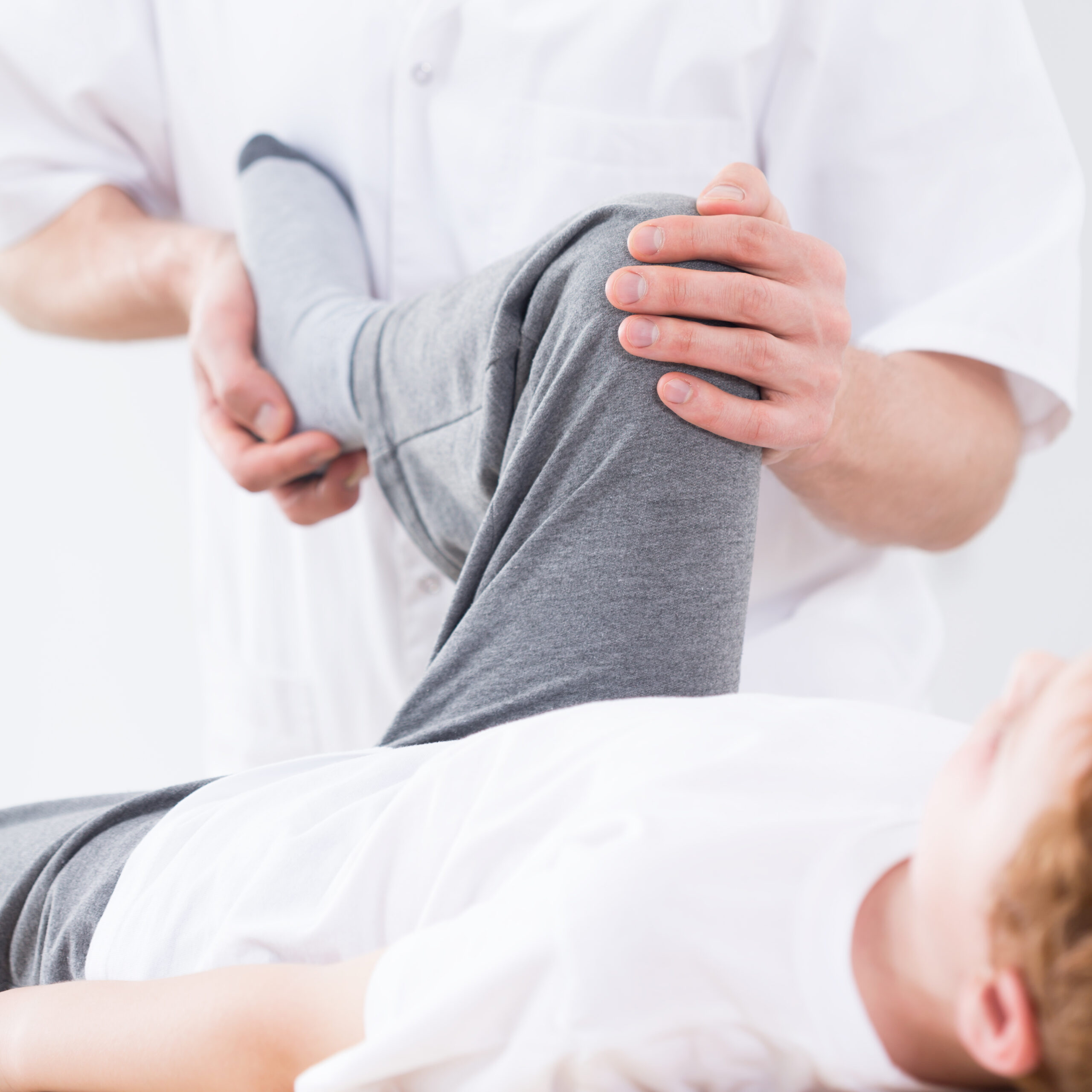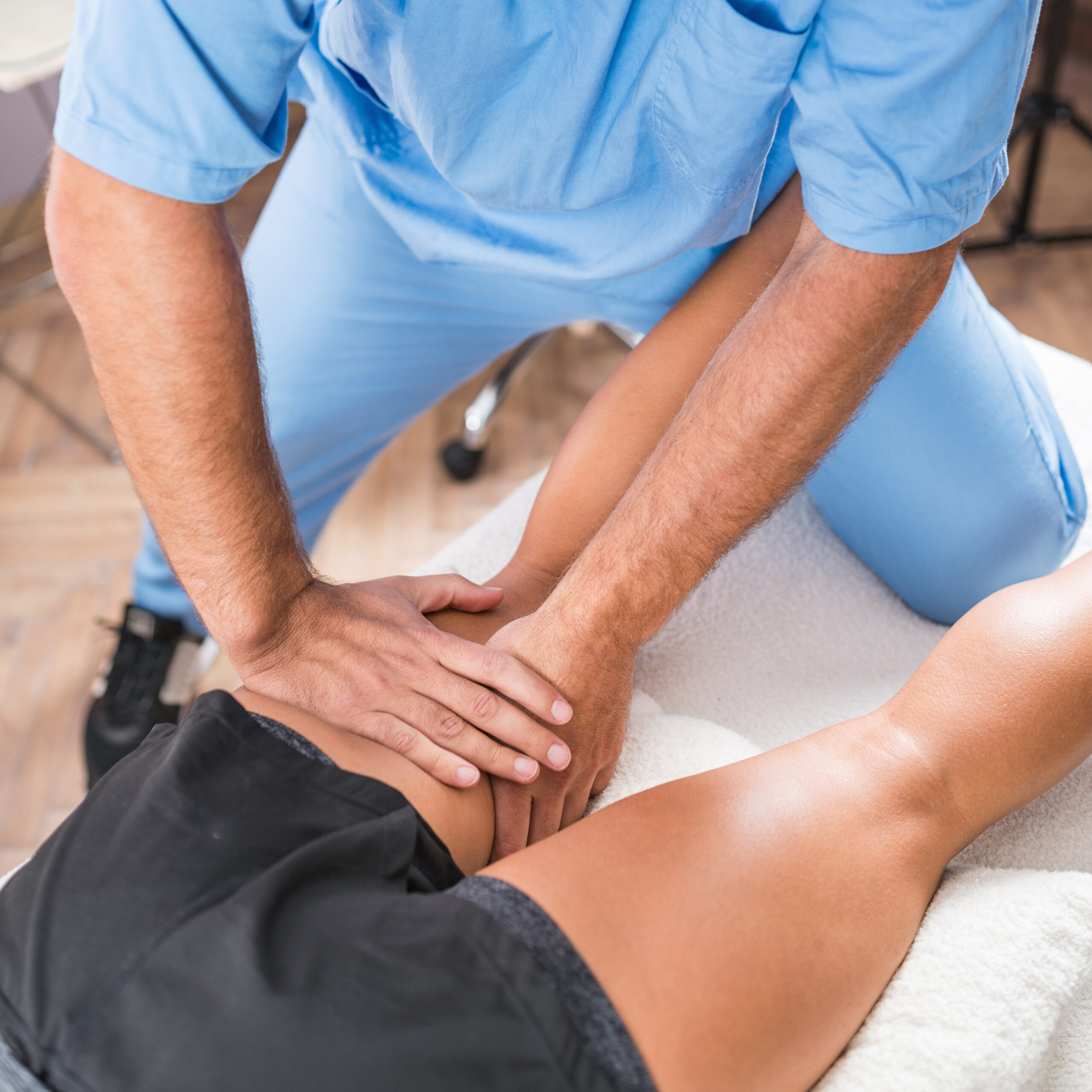Sports Injury Physiotherapy
Our sports injury physiotherapy helps you heal faster and move better with personalized treatment, hands-on therapy and targeted exercises designed to reduce pain, restore strength and support your recovery goals.
Make an appointment*Please note: We do not provide podiatry or chiropody services such as nail care, fungal treatments, or medical foot conditions.
Why See a Physiotherapist for Sports Injuries?
If you enjoy playing sports or working out, it’s smart to see a sports physiotherapist. Even if you don’t feel pain now, physiotherapy and sports injury care can help prevent problems before they start.
Sports often use the same muscles and joints again and again. This can cause tightness, swelling, or strain. Without care, these movements can turn into injuries over time. Our sport injury physiotherapy in Mississauga helps you move better and reduce that risk.
Physiotherapy Prevents Sports Injuries
Physiotherapy for sports injuries helps you stay active and avoid getting hurt. A physiotherapist can teach you warm-ups, stretches, and cool-downs that protect your muscles.
Regular physical therapy improves your strength, flexibility, and range of motion. This helps your body handle more activity without injury. A good warm-up prevents common problems like muscle tears and tendinitis.
After your game, seeing a therapist helps your body recover. Manual therapy, massage, and other hands-on techniques relax sore muscles and improve mobility. These treatments also promote healing and keep blood flowing to the injured area.
Your physiotherapist can also check your posture while you play. Proper movement keeps pressure off your soft tissues and joints, reducing the risk of new injuries.

Physiotherapy to Treat Sports Injuries
If you already have an injury, sports injury rehabilitation helps you recover safely. Our treatment plan focuses on the injured area and uses gentle care to rebuild strength and flexibility.

Examples of Physiotherapy Treatments for Sports Injuries
Cold therapy: This treatment uses ice packs or ice massage to reduce swelling and pain. It helps calm the injured area and supports the healing process.
Heat therapy: Warm packs or heated pads are used to improve blood flow and relax tight muscles. This makes the rehabilitation process faster and more comfortable.
Sports massage: Massage helps loosen sore muscles, improve blood flow, and reduce stiffness. It’s part of sports medicine and helps your body recover so you can play again sooner.
Athletic and kinesiotaping: Sports tape gives extra support to joints and muscles. It also helps protect old injuries during movement or training.
Shockwave therapy: This treatment sends gentle energy waves into the muscles to reduce pain and help them heal faster. It’s often used for deeper muscle pain and slow-healing injuries.
Electrical stimulation: Small electric signals are sent to the muscles to improve blood flow and reduce pain. This method helps the healing process and strengthens weak muscles during the rehabilitation process.
Joint mobilisation: Your therapist gently moves your joints to help them move better. This increases flexibility and range of motion so you can return to normal movement.
Muscle reconditioning: These are simple exercises that retrain your muscles to work properly again. It helps your body move with strength and balance after an injury.
Examples of Common Sports Injuries
Our sports physiotherapists treat a wide range of injuries. Each type of injury needs different care, and we make a plan that works for you.
Common injuries we treat:
- Tennis elbow and golfer’s elbow: Sore tendons in the forearm that make wrist movements painful.
- Shoulder injury: Caused by repeated overhead movements. Can cause swelling or limited range of motion.
- Knee injury: Pain or swelling around the kneecap, often from overuse. Strength training helps recovery.
- Back pain (sciatica): May take longer care but improves with manual therapy and therapeutic exercises.
- Pulled groin: Common in sports with quick leg movements; stretching helps improve mobility.
- Hamstring strain: Often caused by sudden running or kicking; rest, massage, and warm-ups prevent it.
